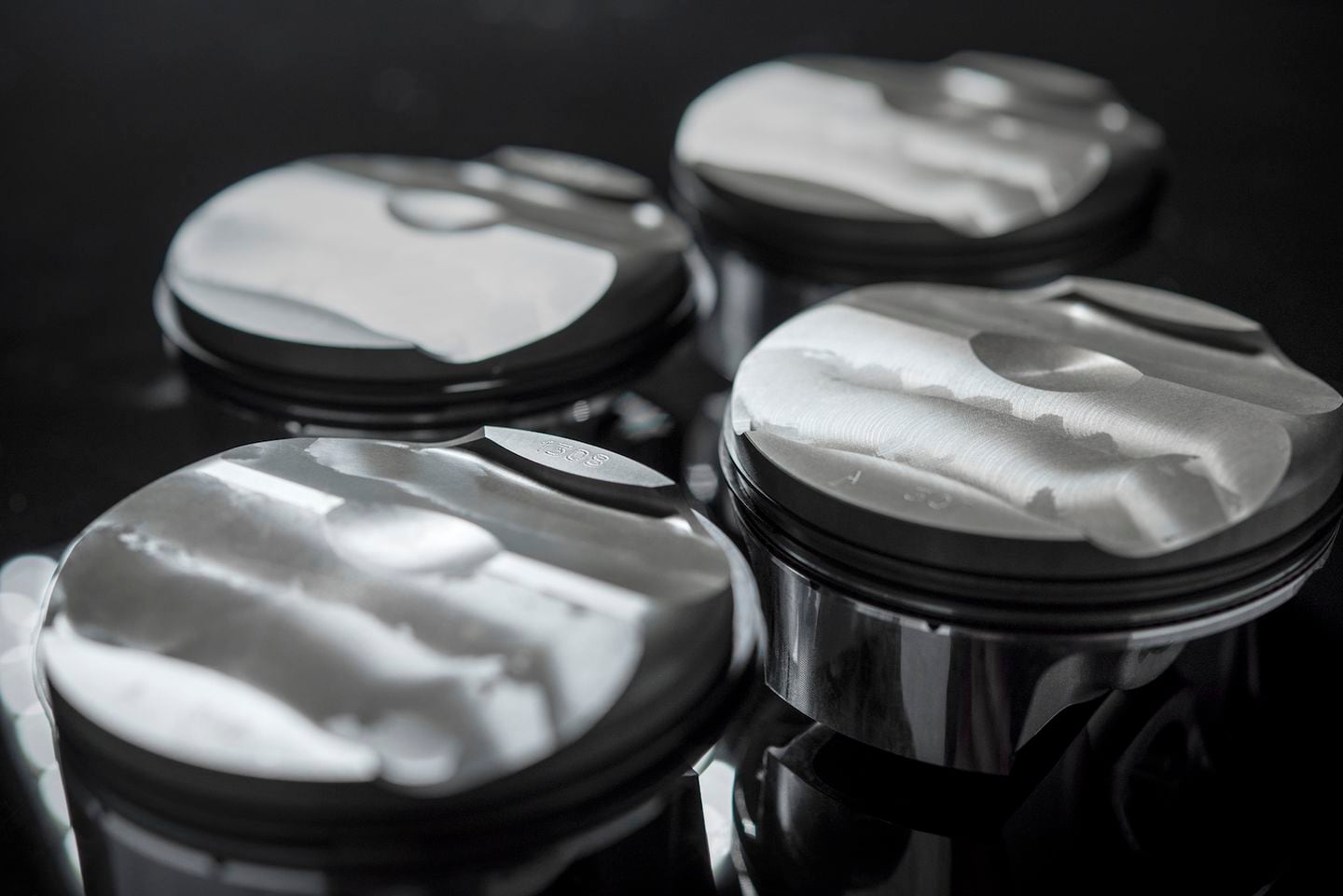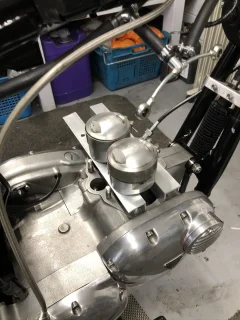- Joined
- Nov 13, 2018
- Messages
- 102
I still do not know why, besides that some milling etc work is needed, nobody ever or perhaps not too many bothered to do some conical squish heads and pistons?
I so far, had in engineering and fabricating/modifying heads and pistons within the last years (although on non commando engines) very good experiences and terrific reviews from users of my head packages.
If combustion chamber shape versus squish angle is correct, sufficiently high compression ratio (considering cam timing) will even permit to cut away on valve cut outs and ease combustion scavenging.
Or at least reweld and reshape the combustion chamber a hint more oval (O-shape or egg shape) without impeding flow.
Kind regards Christian
I so far, had in engineering and fabricating/modifying heads and pistons within the last years (although on non commando engines) very good experiences and terrific reviews from users of my head packages.
If combustion chamber shape versus squish angle is correct, sufficiently high compression ratio (considering cam timing) will even permit to cut away on valve cut outs and ease combustion scavenging.
Or at least reweld and reshape the combustion chamber a hint more oval (O-shape or egg shape) without impeding flow.
Kind regards Christian





